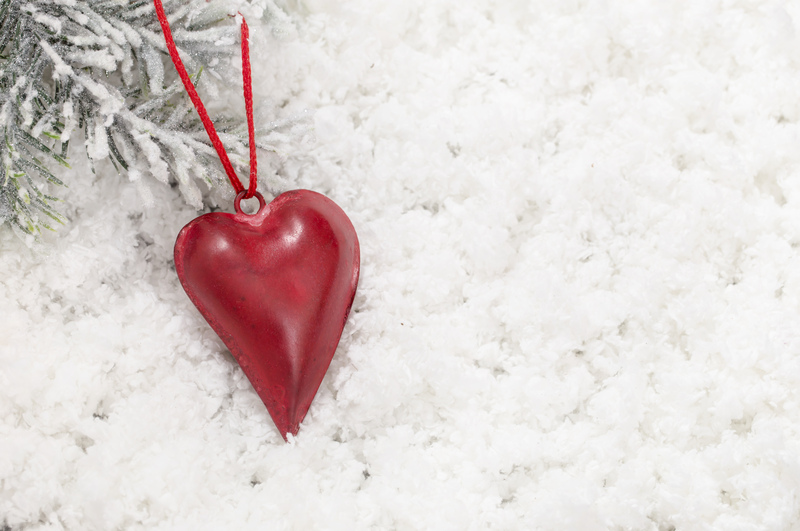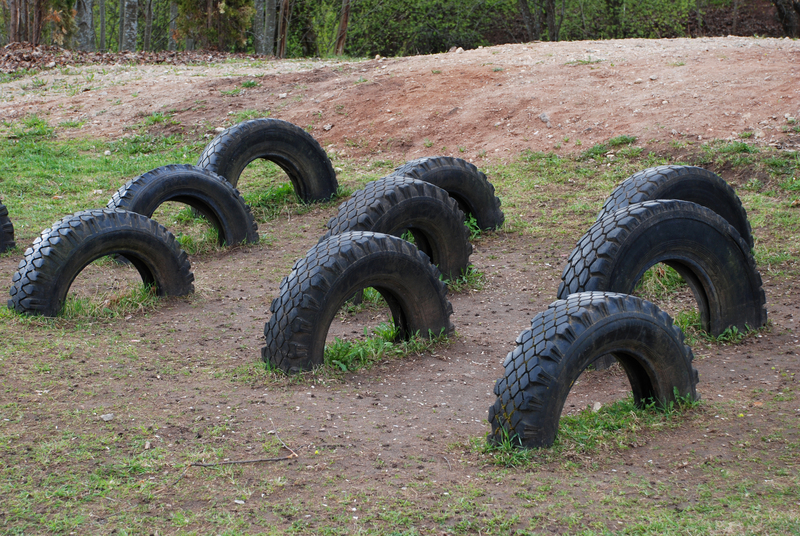Give Your Old Pots and Pans a New Purpose Through Recycling
Do you find yourself with a growing stack of battered pots and scratched pans cluttering your kitchen cupboards? Before you toss them into the trash, consider the many eco-friendly, creative, and practical options available for recycling your old cookware. In this comprehensive, SEO-optimized article, you'll discover why and how to recycle old pots and pans, creative reuse ideas, environmental benefits, and step-by-step instructions to ensure your kitchenware gets a meaningful second life.
Why You Should Recycle Old Pots and Pans
Millions of old pots, pans, and other cookware items end up in landfills each year, contributing to environmental pollution and resource waste. With a conscious effort to recycle old kitchenware, you not only help reduce landfill clutter but also play a role in preserving valuable metals and reducing the need for raw material extraction. Recycling your old pots and pans is a simple yet impactful step toward sustainable living.
The Environmental Impact of Discarded Cookware
- Metal Mining Reduction: Most pots and pans are made of metals such as aluminum, stainless steel, copper, or cast iron. Extracting new metal is energy-intensive and destructive to the environment.
- Landfill Pollution: Cookware often contains non-biodegradable components and coatings that can leach chemicals into the soil and groundwater.
- Resource Conservation: By recycling, the materials can be reused, saving energy and water used in the manufacturing processes.
Why Not Trash Old Cookware?
Simply throwing away old pots and pans leads to unnecessary waste and contributes to environmental issues. In many localities, cookware is not considered typical household waste, which often means improper disposal. Learning how to repurpose and recycle your old pots and pans ensures responsible waste management and a greener world.

Determining When to Replace and Recycle Cookware
Not all cookware needs to be discarded at the first signs of wear. However, there are critical signs that indicate your pots and pans are past their prime:
- Peeling non-stick coatings: These may release toxins into your food and are often not repairable.
- Severe scratches and gouges: Especially in aluminum and nonstick cookware.
- Warped or misshapen cookware: This can affect heat distribution and make cooking unsafe.
- Permanently burned or corroded surfaces: This can harbor bacteria and lead to uneven cooking.
Once you recognize it's time to move on, don't just dispose of your cookware--recycle it!
How To Recycle Old Pots and Pans
Step 1: Identify the Cookware Material
Most pots and pans are made from one or a combination of the following materials:
- Aluminum
- Stainless steel
- Cast iron
- Copper
- Nonstick-coated surfaces (like Teflon)
Knowing the material helps you determine the best recycling or repurposing method.
Step 2: Prepare Your Pots and Pans for Recycling
Scrap yards and recycling centers may have different requirements, but a few general prep steps include:
- Remove any non-metal parts: Detach plastic, rubber, wooden handles, or lids, as these might not be recyclable with the metal base.
- Clean the cookware: Remove debris and any loose food particles.
- Group by type of metal: If you have a lot of cookware, separate by metal for easier processing.
Step 3: Find a Recycling Facility
Many local recycling centers accept metal cookware. Here's how to find the right place:
- Use online resources such as Earth911's Recycling Locator to find local drop-off points for metal items.
- Contact your municipal recycling center or public works department for specific instructions on cookware recycling.
- Look for nearby scrap metal dealers--they often accept cookware regardless of condition, since the value is in the metal itself.
Step 4: Special Handling for Nonstick Cookware
Nonstick or Teflon-coated pans require extra care due to potential toxins in the coating:
- Only well-established recycling facilities or specialized scrap metal dealers should handle these items.
- Some brands and manufacturers offer take-back programs for their products--check the manufacturer's website for options.
- Never burn or attempt to remove the nonstick coating at home, as this can release harmful fumes.
Creative Ways to Reuse or Upcycle Old Pots and Pans
Not all pots and pans need to end up in a recycling bin. With a bit of imagination, you can transform old cookware into functional and decorative items for your home or garden!
Garden and Outdoor Uses
- Planters and Flower Pots: Drill drainage holes in the bottom and use them as quirky, eye-catching containers for your flowers, herbs, or succulents.
- Bird Feeders and Baths: Suspend a shallow pan from a tree or form it into a birdbath for the local wildlife.
- Rustic Garden Decorations: Turn warped or cracked pots and pans into charming garden sculptures or wind chimes.
Home Decor and Organization
- Wall Clocks: Repurpose a shiny old frying pan as the face of a kitchen clock--simply add clock hardware for a unique timepiece.
- Storage Bins: Use large stockpots to organize tools, craft supplies, or office items.
- Creative Candle Holders: Small saucepans make excellent containers for homemade candles.
Functional Household Uses
- Serving Bowls: Clean, attractive old pans can serve as rustic salad or fruit bowls for your table or outdoor gatherings.
- Kids' Toys: Give children a set of old cookware for imaginative playhouses or backyard mud kitchens.
- Baking Stone Substitute: Well-seasoned cast iron pans can still be used as a makeshift baking stone in your oven.
Where to Donate Used Pots and Pans
In many cases, old pans still have life left in them for someone else. Consider donating cookware that is still functional, even if a little worn:
- Local shelters and soup kitchens: These organizations often need serviceable cookware for preparing large meals.
- Thrift stores and charity shops: Donate gently used pots and pans for resale to new owners.
- Community centers, schools, or lending libraries: Some community programs accept cookware donations for cooking lessons or communal kitchens.
Be sure to clean cookware and check with the organization about their donation policies before dropping off your items.
Manufacturers' Cookware Recycling and Trade-In Programs
Some cookware manufacturers are committed to sustainability and offer recycling or trade-in programs:
- Mail-in recycling: Companies like Calphalon and TerraCycle have partnered to offer mail-back programs for old cookware.
- Trade-in discounts: Brands or retailers such as Williams Sonoma periodically run trade-in events, offering discounts on new cookware when you turn in your old pots and pans.
- Brand-specific recycling initiatives: Check the warranty or the company website to see if brand-specific recycling options are available.
Taking advantage of such programs encourages responsible disposal while potentially saving you money on your new kitchen gear.
Frequently Asked Questions About Pots and Pans Recycling
Can all types of pans be recycled?
Most metal pans, including those made of stainless steel, aluminum, copper, and cast iron, can be recycled. However, nonstick coatings or multi-material handles may require some dismantling or special handling.
Should I remove non-metal accessories before recycling?
Yes, you should remove plastic, wood, and rubber parts when possible to streamline the recycling process and ensure the highest value of metal recovery.
Are there any cookware items that can't be recycled?
Ceramic cookware and glass lids typically aren't accepted with metal recycling. For glass, check if your local center accepts tempered glass items; for ceramics, consider reuse or art projects if not broken.
How else can I help reduce kitchen waste?
In addition to recycling your old utensils and cookware, consider buying higher-quality cookware that lasts longer, choosing products made from recycled materials, and maintaining your pots and pans to extend their lifespan.
The Environmental Benefits of Recycling Old Cookware
When you give your old pots and pans a new purpose through recycling, you are directly benefiting the planet in measurable ways:
- Reduces landfill burden: Less waste means less environmental harm and fewer landfill expansions.
- Conserves energy: Recycling metals takes far less energy than mining and processing virgin ore.
- Limits emissions: Cutting back on raw material extraction helps reduce air and water pollution.
- Promotes a circular economy: Old cookware gets transformed into new products, perpetuating a cycle of reuse.

Tips for Maintaining and Prolonging the Life of Your Cookware
While recycling is crucial, maximizing the usable life of your pots and pans is just as environmentally responsible:
- Use appropriate utensils: Avoid metal on nonstick to prevent scratches.
- Hand-wash when possible: Dishwashers can erode some coatings faster.
- Regular seasoning for cast iron: Proper care prevents rust and maintains nonstick qualities.
- Store properly: Stack carefully to avoid damaging surfaces.
Proper care slows the cycle of disposal and reduces the frequency of replacement, supporting a sustainable kitchen routine.
Conclusion: Every Pan Has a Potential New Purpose
Before discarding your old cookware, remember: with a little time and effort, you can ensure your battered pots and pans are either recycled responsibly or reborn with a new purpose. This not only helps you declutter and organize your kitchen but also benefits the environment, supports local communities, and fosters creative upcycling. From practical recycling to imaginative reuse, giving new life to old pots and pans is a win-win for everyone.
Start your journey today--visit your local recycling facility, explore creative projects, or check out take-back programs from leading brands. Your small step can make a big difference to the planet!